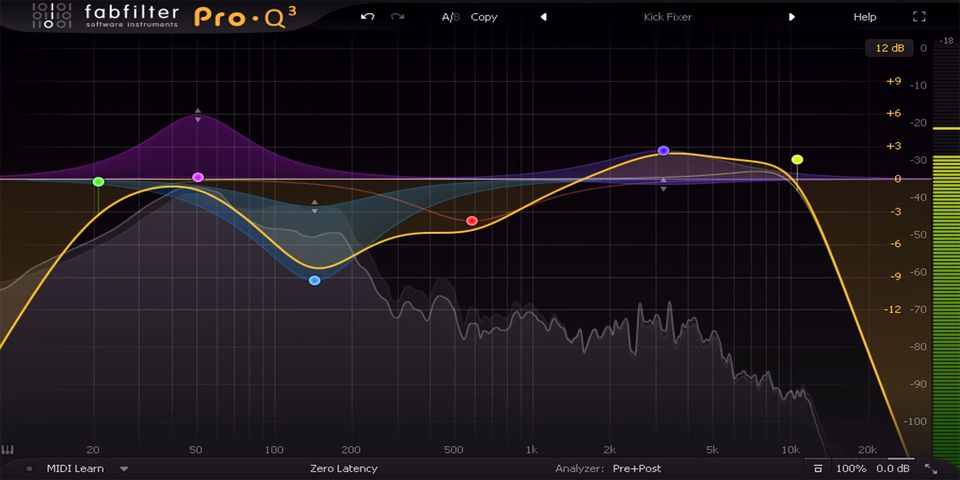Audio Frequency Spectrum: A Sound Engineer's Guide

Whether you're a seasoned sound engineer or just getting started in the world of audio production, understanding the frequency spectrum is essential for crafting professional-quality tracks. In this article, we'll take you on a journey through the audio frequency spectrum and reveal how each frequency range can shape your sound.
General Guidelines
Let's start with some general guidelines for the audio frequency spectrum. Knowing which frequencies to boost or cut can make a world of difference in your audio production:
20 Hz and Below: Frequencies in this range are imperceptible to the human ear and can be safely removed. They often contribute unnecessary energy that can hinder your track's overall volume.
60 Hz and Below: These frequencies are dedicated to sub-bass and are more about creating a visceral sensation than being distinctly audible.
80 -100 Hz: In this range, you'll not only feel but also hear the bass, adding depth to your music.
100-120 Hz: If you're looking to achieve that impactful "club sound system" quality, you'll find it in this frequency range.
200 Hz and Below: Often referred to as the "bottom," these frequencies form a solid foundation for your audio.
250 Hz: Applying a notch filter in this range can infuse a satisfying thump into your kick drum.
400 Hz: This range often introduces a boxy quality to your audio, which you may want to adjust to achieve a cleaner sound.
200 Hz - 1.5 KHz: Frequencies in this range bring punch, fatness, and impact to your sound, shaping its character.
800 Hz - 4 KHz: This range defines the timbre of your audio. It can add edge, clarity, or even harshness depending on your adjustments.
4500 Hz: Frequencies around 4500 Hz can be extremely fatiguing to the ears. A slight notch filter here can provide relief.
5-7 KHz: De-essing is typically performed in this range to manage sibilance and high-frequency distortion.
4-9 KHz: This range influences brightness, presence, definition, sibilance, and high-frequency distortion in your audio.
6-15 KHz: Frequencies in this range contribute air and presence, adding sparkle and bringing out details in your sound.
9-15 KHz: Boosting in this range enhances sparkle, shimmer, and detail, while cutting can smooth out harshness and create a warmer mix.
Now that you have a clearer understanding of how each frequency range affects your audio, you're equipped to take your sound engineering skills to the next level. Remember that mastering the art of frequency manipulation takes practice and experimentation. So go ahead, adjust those EQ settings, and let your creativity flow! Your tracks will thank you for it.
If you'd like to download the full guide to mixing by Nick Thomas with instrument-specific rules and recommendations for applying these frequency principles, click on the link bellow and subscribe

